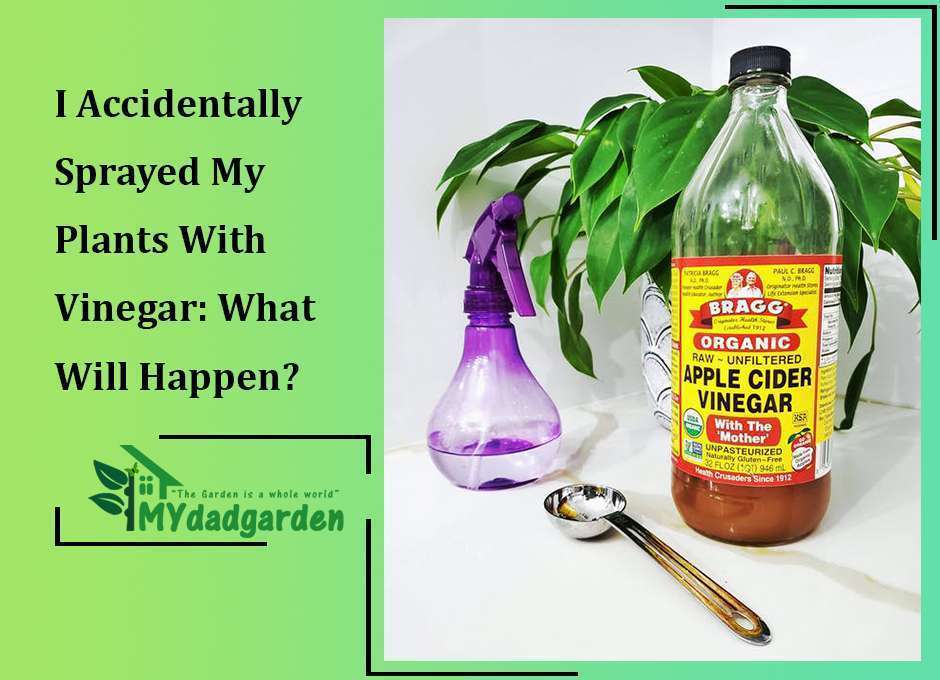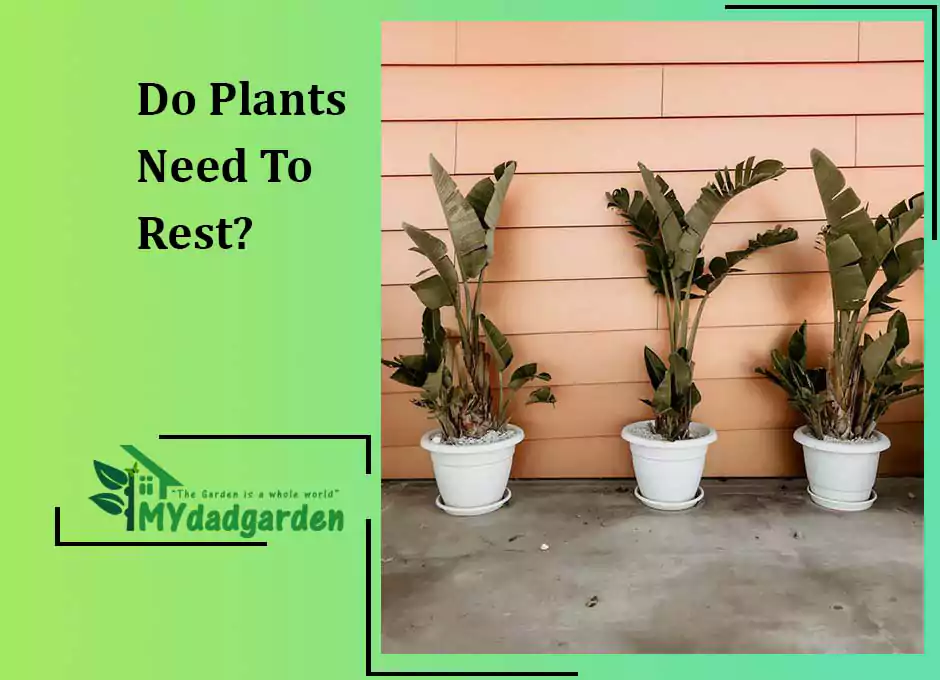Black Spots on Aloe Plant : troubleshooting and Caring
Do you have an Aloe Vera plant that is plagued with black spots? If so, don’t worry – this is a common issue for gardeners.
Let’s discuss the causes of black spots on aloe plants and how to troubleshoot them. We will also provide tips for caring for your Aloe Vera plant so that the black spots do not return.
Table of Contents
Why does your aloe plant have black spots?
There are several reasons why your aloe plant may have black spots. The most common reasons are:
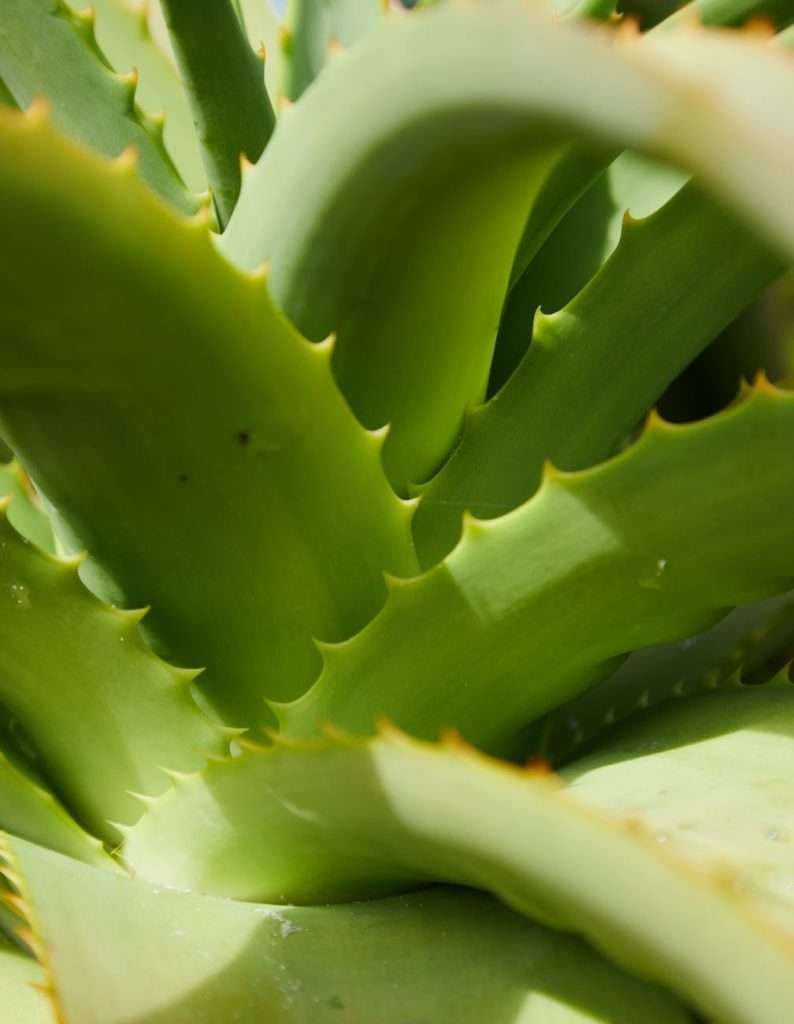
Some pests eat the sap of aloe plants.
Black spots can also be caused by insect pests, such as scale or mealybugs. These insects feed on the sap of the plant, which can cause the leaves to turn black. So, if you see black spots on your aloe plant, check the leaves for any insects.
The plant container has a big influence on the plant.
If you have an aloe plant that is in a pot, the potting mix could be to blame for the black spots. If the potting mix is too wet or doesn’t drain well, it can cause the roots to rot. This can lead to black spots on the leaves of the plant.
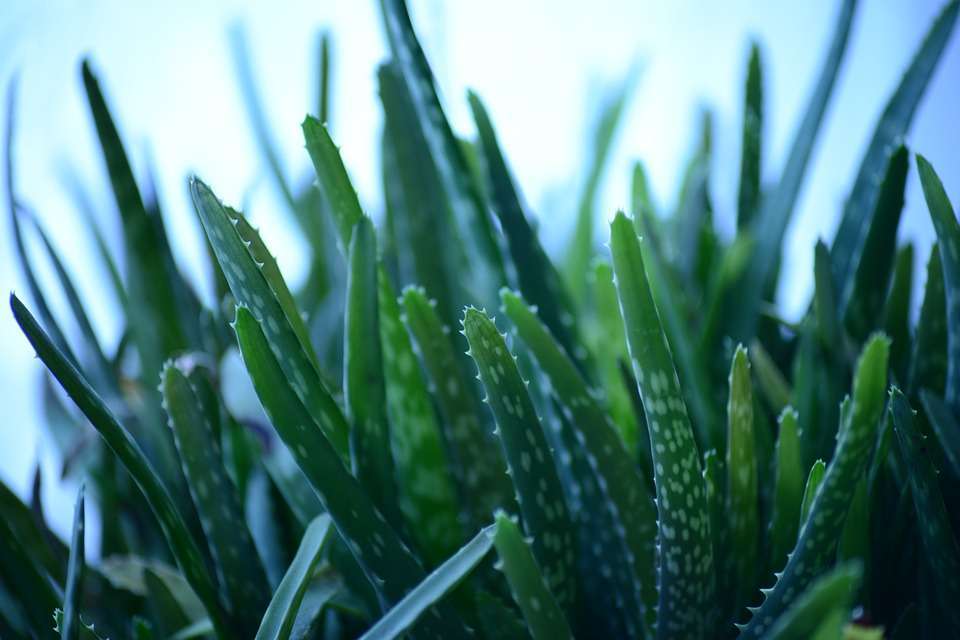
Excess light can damage your plants.
Aloe plants need bright, indirect sunlight to thrive. However, if they are placed in direct sunlight, the leaves can become scorched. This will cause black spots to form on the leaves.
Low humidity can cause black spots.
Aloe plants thrive in humid environments. If the air is too dry, it can cause the leaves to turn brown and develop black spots.
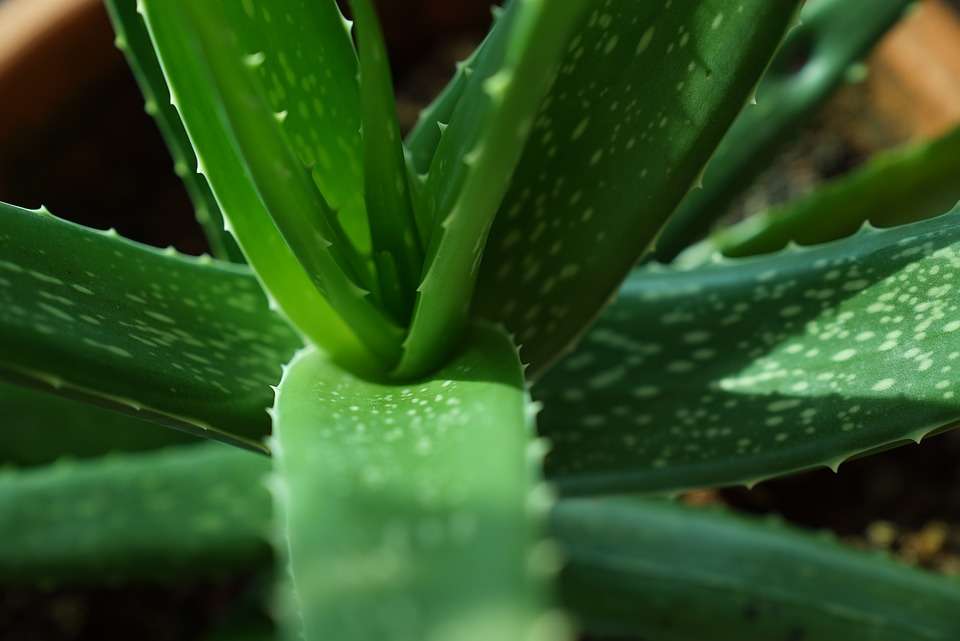
Watering problems can also cause black spots.
If you water your aloe plant too much or not enough, it can cause black spots to form on the leaves. Overwatering can cause the roots to rot, which can lead to black spots. Underwatering can also cause black spots, as the plant will not have enough moisture to stay healthy.
Low temperature can also be a factor.
Aloe plants prefer warm temperatures and will not do well in cooler climates. If the temperature drops too low, it can cause the leaves to turn black.
In some cases, black spots on aloe plants are simply a cosmetic issue and do not affect the health of the plant. However, if the black spots are left untreated, they can cause the leaves to yellow and drop off.
What to do for black spots on aloe plant
If you notice black spots on your aloe plant, the first thing you should do is isolate the plant from other plants in your garden. This will prevent the fungus from spreading.
Next, remove any affected leaves from the plant. Be sure to dispose of them in a trash bag, not your compost pile. Once you’ve removed the infected leaves, take a close look at the rest of the plant. If you see any other black spots, gently remove those leaves as well.
Now it’s time to treat the plant with a fungicide. Be sure to follow the directions on the label. With a little care, your aloe plant should soon be healthy and black-spot free!
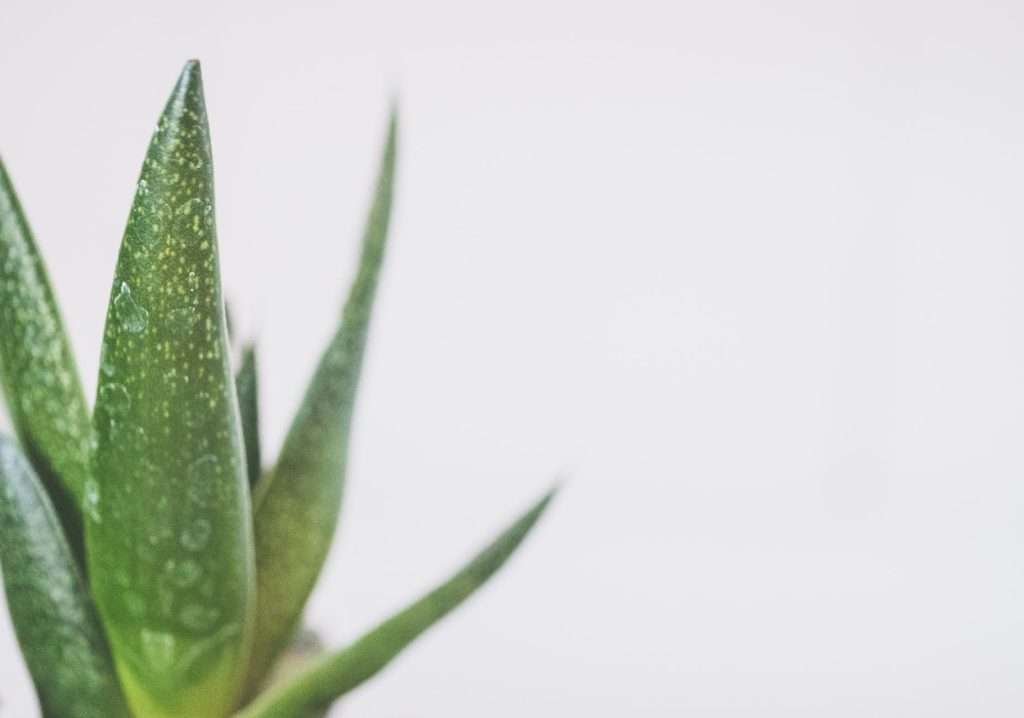
Improve temperature during winter.
Aloe is a succulent plant so it needs a dry, warm climate. If you live in an area with cooler winters, you may need to move your plant indoors during the coldest months.
Water the aloe plant sparingly.
Aloes are succulents and they store water in their leaves. This means they don’t need to be watered very often. In fact, overwatering can be one of the main causes of black spots on aloe leaves. When you water your plant, be sure to allow the soil to dry out completely before watering again.
Provide sufficient light.
Aloes need plenty of bright, indirect sunlight. If your plant is not getting enough light, it may start to produce black spots on its leaves. If you think this might be the case, try moving your plant to a brighter spot.
Treat leaf diseases and pests.
If you see any black spots on your aloe plant, it’s important to treat them right away. The sooner you catch the problem, the easier it will be to fix it.
There are a number of different fungicides and pesticides that can be used to treat black spots on aloe leaves. Be sure to follow the directions on the label carefully. With a little care, your plant should soon be healthy and black-spot free!
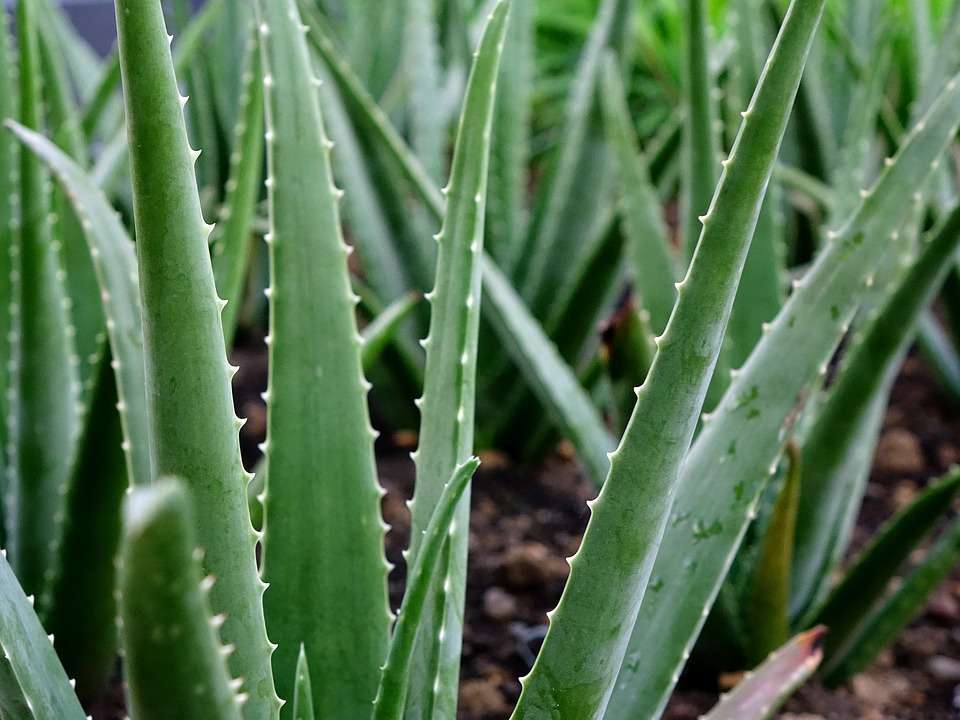
FAQ
How often should aloe be watered?
Aloe plants should be watered every 3-4 weeks, depending on the climate and how much rain the plant is getting. If you live in a dry climate, or the plant is in direct sunlight, it will need to be watered more often. Signs that your aloe needs water are wilting leaves and dry soil.
Over-watering aloe can cause the leaves to turn yellow and the plant to rot. If you think your aloe is being over-watered, check the drainage and make sure the pot has holes in the bottom so that water can drain out. You may also need to re-pot the plant in a pot with drainage holes.
How do I know if my aloe is rotting?
If you are seeing black spots on your aloe plant, it is possible that it is rotting. Other signs of rot may include a slimy or watery texture, softening of the stem, and a rank smell. If you suspect that your aloe is rotting, you should remove the plant from its pot and discard it immediately.
Do not attempt to save a plant that is already rotting, as this can spread the disease to other plants in your collection. If you are not sure whether or not your plant is rotting, it is always best to err on the side of caution and throw it out.
It is important to inspect your aloe plants regularly for signs of disease, as caught early enough, many aloe diseases can be treated. By being vigilant, you can prevent your plants from succumbing to disease and keep them healthy for years to come.
Why is my aloe plant moldy?
There are a few things that could be causing the black spots on your aloe plant. One possibility is that the plant is infected with a fungus or bacteria. Another possibility is that the spots are caused by a mineral deficiency in the soil.
You can try to address the issue by watering your plant more regularly, adding some compost to the soil, or using a fungicide.
Previous Article: How to Keep Gravel in Place on Your Driveway?




